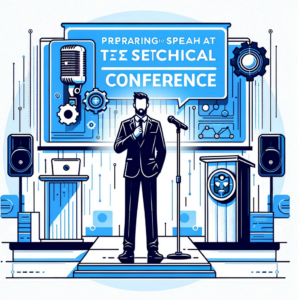 Did you know that SQLite contains a full text search engine? The SQLite FTS4 and FTS5 Extensions allow you to perform full-text searches on documents loaded into SQLite.
Did you know that SQLite contains a full text search engine? The SQLite FTS4 and FTS5 Extensions allow you to perform full-text searches on documents loaded into SQLite.
And since rqlite uses SQLite as its database engine, rqlite makes it really easy to deploy a highly-available search engine – and one you can interact with using SQL and HTTP.
Continue reading Building a highly-available search engine using SQLite


 Getting ready to speak at a technical conference can be as nerve-wracking as it is exciting, especially if it’s your first time.
Getting ready to speak at a technical conference can be as nerve-wracking as it is exciting, especially if it’s your first time.